Checklist for Gait Trainers
Name, DOB, Demographic info including height and weight
Primary diagnosis and related diagnoses, prognosis
Medical history:
Make sure to describe complex diagnoses, include spinal abnormalities.
Functional mobility:
What is the child’s strength and ROM?
Describe sensation (example: difficulty formally assessing sensation due to age and ability to follow directions, children with Spina Bifida commonly have decreased sensation in their saddle area; therefore, XXX will require more frequent skin checks while using this device. His caregivers are aware of this. XXX has not demonstrated any skin integrity issues during the trial period.)
Primary means of mobility, ability to transfer, sit, stand, ambulate and assistance required. How does tone, spasticity, paraplegia, contractures, etc. effect the child’s ability to maintain upright standing and walking.
What is their balance in sitting and standing?
What other equipment does the child have and was it purchased by insurance?
How much assistance does the child required throughout the day? Do they need contact supervision? do they have a nurse or aide assistance?
How much assistance does this child require for ADL’s? Would the gait trainer assist at increasing independence with ASL’s?
Current situation:
***May have already covered this with the above info***
How is the child “ambulating”? How much assistance is required? Do they need hand held assistance or maximal assistance at the trunk? Are caregivers assisting this child in ambulating around the home in a way that would be unsafe and place both the caregiver and child at risk for injury?
Trial period of equipment:
Gait trainers need to be trialed before insurance will purchase one.
Describe the change in gait mechanics while using the gait trainer that is requested. If you can get objective information such as gait speed or 2-minute walk test.
Describe the changes in the amount of assistance required.
Discuss psychosocial improvement (XXX is able to ambulate towards desired objects with increased independence, allows XXX to interact with his/her peers and engage in age-appropriate activities).
What other less costly alternatives have been considered but ruled out:
Examples - “other less costly alternatives were considered and rules out such as forearm crutches and posterior walker, these pieces of equipment do not provide any additional trunk support to assist this child in maintaining upright standing and therefore will not increase his independence with mobility.
The Pacer gait trainer does not provide adequate trunk support and does not allow access to all environments.
The Kidwalk, although hands free, did not provide adequate trunk support to XXX upper trunk facilitating shoulder retraction and improved head position.”
Other info: A home therapy plan outlining the planned use of the requested gait trainer:
Example - “XXX will utilize the gait trainer two times per day for 20 minutes a day to start, then increase to one-hour increments” XXX does not have access to this specific gait trainer at school or at a nearby facility.
What are you requesting and describe why you need all added accessories:
Specific name of gait trainer, size and all accessories. Examples:
Headrest: “is required as XXX demonstrates difficulties with head control, as XXX fatigues a headrest will allow him to support his head with his eye upright maintain proper sight lines and safety.”
Ankle Prompts: “this is necessary as XXX demonstrates LE spasticity causing scissoring or his feet to cross midline while ambulating. XXX demonstrates a more natural gait pattern, more efficient steps with less scissoring with the use of ankle prompts.”
Saddle: “this is required to provide additional support during ambulation and during standing breaks. The saddle allows XXX to remain upright and participating in tasks for a longer period of time with increased independence.”
User handles: “these are required to allow XXX to utilize his/her UE’s for support during ambulation, to engage his/her core to allow for improved posture and more efficient gait but also let go of the handles to engage in tasks using his/her hands.”
Directional Locks: “these are required to achieve forward ambulation in the gait trainer initially then progress to move multi-directionally.”
Multi-Position Seat (Pacer): “this is required for optimal safety during transfers from XXX’s wheelchair to the standing frame. This specific seat can be positioned in the lowest setting for the transfer than be adjusted once the transfer is completeed. This seat also has an angel adjustment for anterior or posterior tilt to achieve the most effective gait pattern.”
Dynamic upper frame (Pacer): “this is required to facilitate the most natural and effective gait pattern. This fram allows for 2 inches of movement both up and down and side to side. XXX demonstrates increased step length, equal weight bearing and increased cadence with the dynamic feature as compared to the static frame.”
